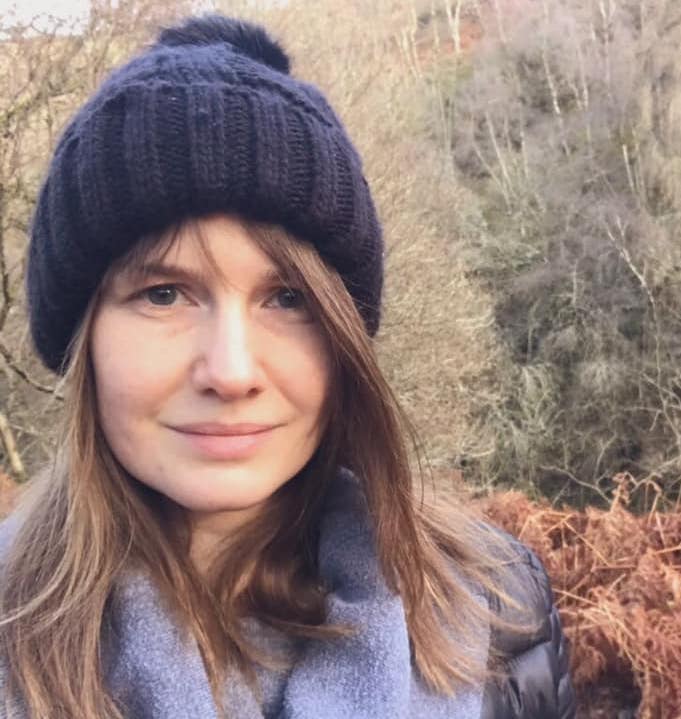Democracy across Europe has experienced immense challenge, change and uncertainty in recent years (Canal 2014; European Commission & Merkel; 2019) - from the rise of populism to decreasing levels of public trust in governance institutions and processes, to the war in Ukraine. Set against the backdrop of these issues, EUARENAS has been investigating how cities and urban spaces can strengthen legitimacy, identification and engagement within the democratic public sphere. Specifically, EUARENAS has been exploring how participation and deliberation in democracy and decision-making can be increased, and how voices and communities who are excluded from such arenas can be more actively involved.

Foresight is one of the research strands present in EUARENAS. In this project, foresight is both a tool for understanding democratic innovations as they emerge, and for engaging citizens and other actors in such innovations within the participatory and deliberative realms. Mixed method approaches to foresight that incorporate a diversity of activities such as media discourse analysis, lived experience storytelling, social media analysis, three horizons mapping, driver-mapping, scenario and visioning exercises and policy stress- testing have been used in EUARENAS to investigate and hypothesise over future trends and scenarios in participatory democracies.
From this work, we propose the following recommendations for Cities wanting to strive towards more equitable local democracies:
- Address structural barriers to participation
- Build relationships of trust
- Invest in formal and civic education
- Make decisions for the long-term
A more equitable, inclusive local democracy landscape is not too far in the distance for us to conceive it being possible. In fact, the future is now – the seeds to create it are already being planted, they just need nurturing by:
- Scaling and mainstreaming existing pilot or niche practices that are working locally – whether that beparticipatory budgeting, citizen assemblies or other smaller-scale projects – so that these become thenew ‘status quo’
- Adopting test and learn approaches to promote experimentation and on-going learning – this will enableongoing innovation and be responsive to society's needs
- Finding ways to celebrate and connect-up the small changes that are taking place - this will help people see that progress is being made, even when it feels like things are changing too slow

